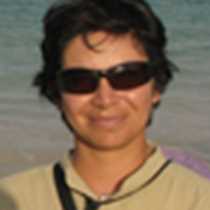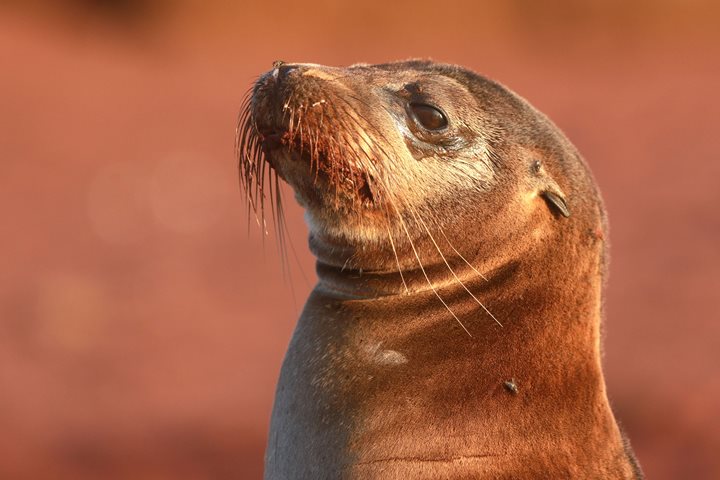Last night we navigated from Santiago Island to Genovesa Island in the northeastern side of the archipelago. This extinct volcano has a large caldera and National Geographic Islander anchored at Darwin Bay. This is also home for several colonies of seabirds; many of these birds feed far away from the islands in open sea. We explored two different sites, one was Darwin Bay, and the other one was Prince Philip’s Steps. We had in the morning to snorkel along the cliffs of the bay and to stay for a while on a white sandy beach surrounded by birds.
- Daily Expedition Reports
- 24 Nov 2018
Genovesa Island, 11/24/2018, National Geographic Islander
- Aboard the National Geographic Islander
- Galápagos
Gilda Gonzalez, Naturalist
Gilda was born in Ambato, located in the very heart of the Ecuadorian Andes. Since she was a child, she loved animals, often rescuing street cats and dogs. Her parents always made sure there were nature books and plenty of Jacques Cousteau’s videos a...
Read MoreShare Report
Related Reports
11/23/2022
Read
National Geographic Islander II
Isabela and Fernandina
Our day began with the chance to point out a lot of interesting geological features as we enjoyed Zodiac tours along a massive flank of Ecuador Volcano on Punta Vicente Roca. In the afternoon, we took a sunny walk on Punta Espinoza on Fernandina Island. We spotted many iguanas, and a bunch of sea lions hanging around, too.
11/22/2022
Read
National Geographic Islander II
North Seymour & Rabida Islands
Relatively small and low compared to neighboring Santa Cruz, North Seymour is located to the north of Baltra. The island is dry with predominantly low shrubs, like prickly pear cacti. The incense trees are bare during the dry season. Seabirds like frigatebirds and blue-footed boobies nest on the island, and sea lions rest on the sand when they are not fishing. Land and marine iguanas also live here. Rabida is in the middle of the archipelago and has a striking red sand beach. We observed a small colony of sea lions of all ages resting or nursing. Behind the beach, American flamingos nest in a brackish lagoon. This island is full of contrasts and wildlife that we enjoyed observing during this day of expedition.







